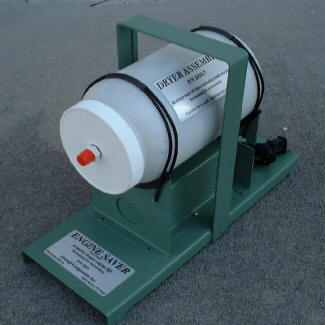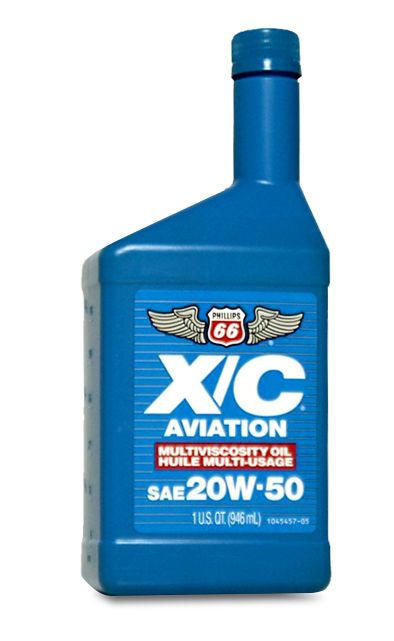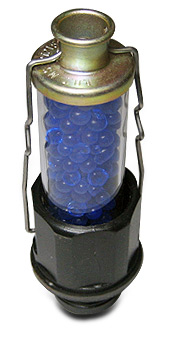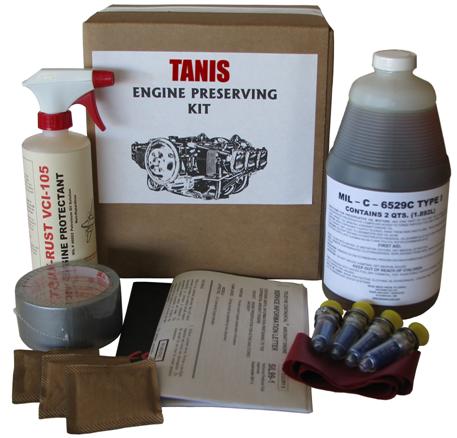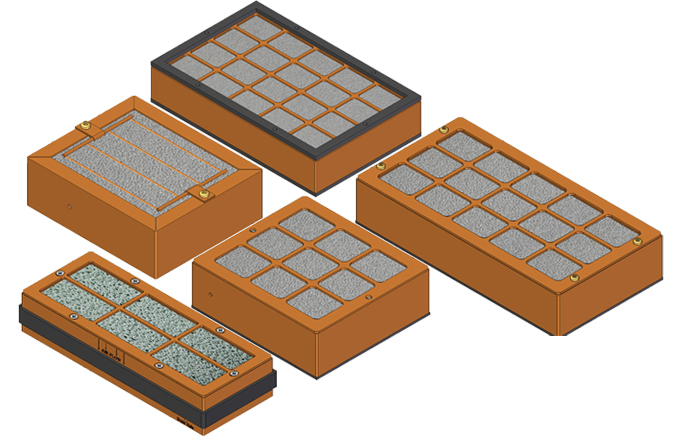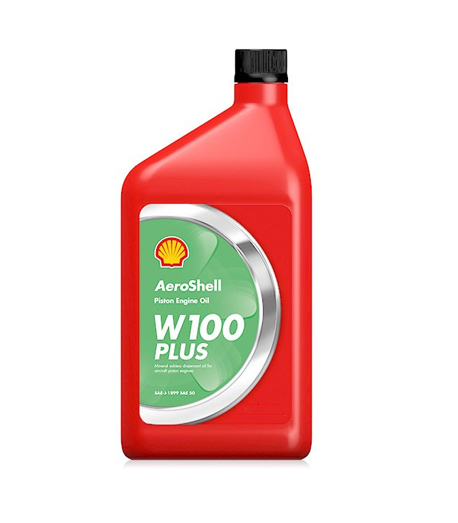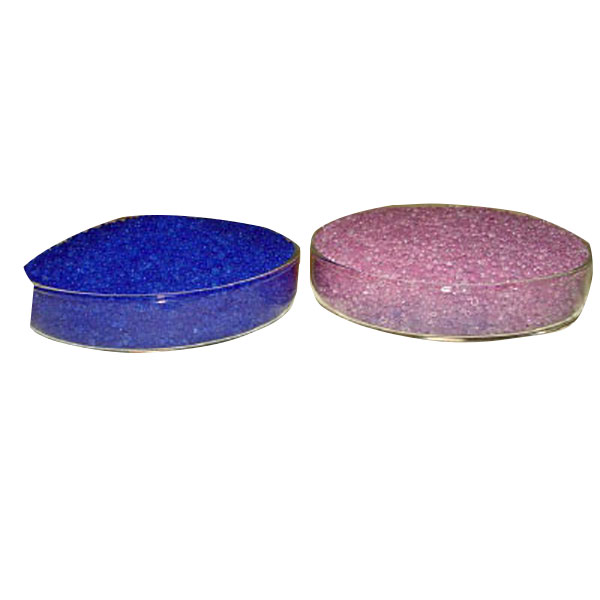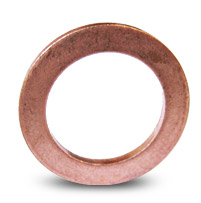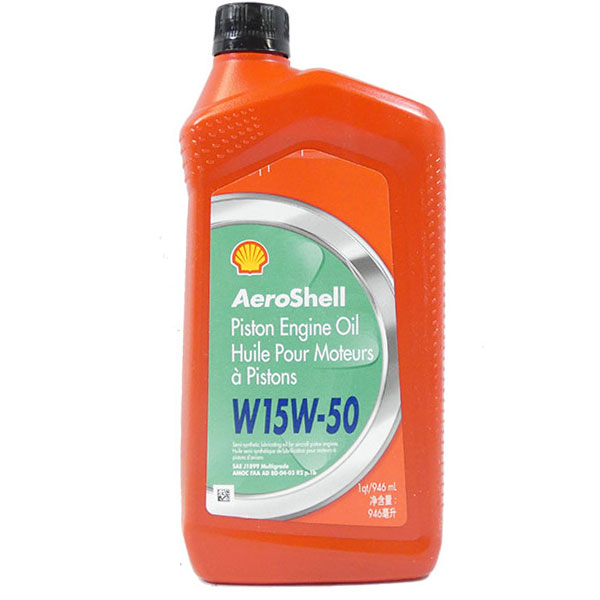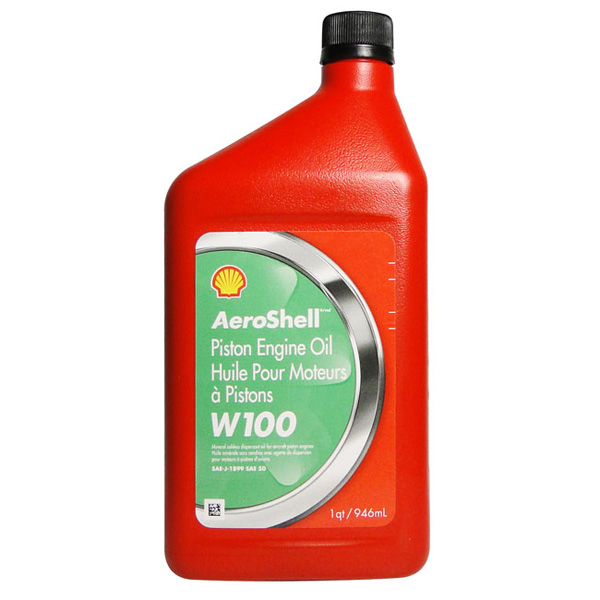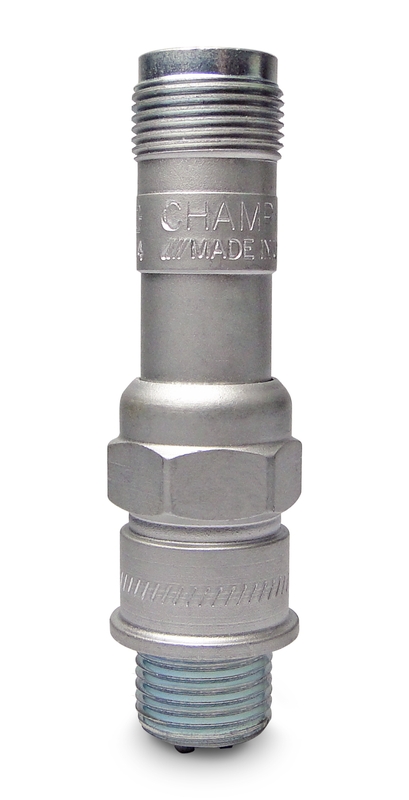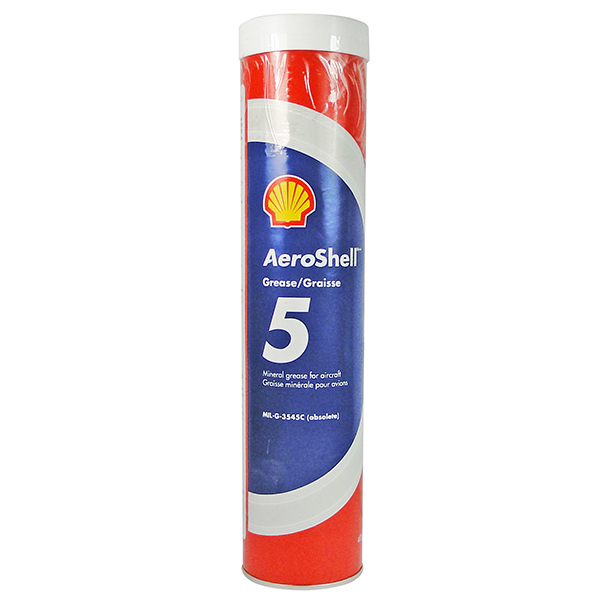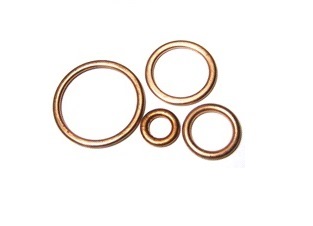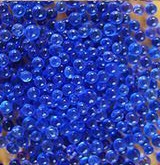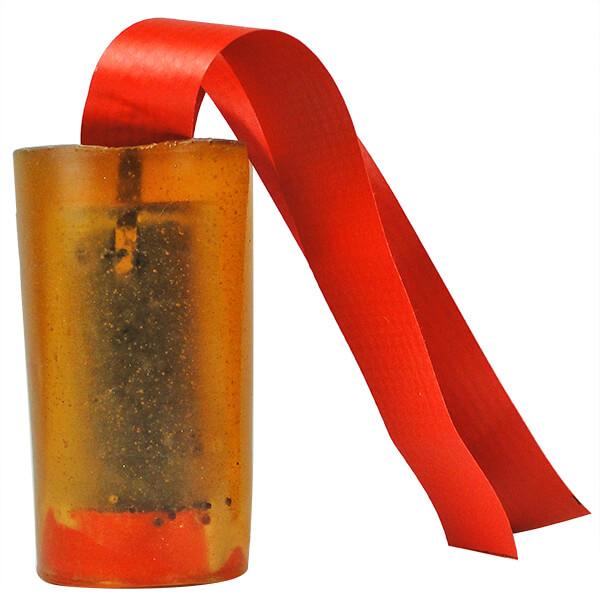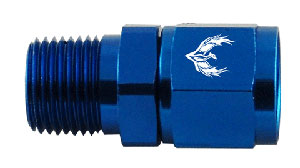Осушитель двигателя
Артикул: 08-00724
84513 70428 руб.
Наличие: – Есть в наличии у нашего поставщика. Доставка на наш склад в течение 5...6 недель после оплаты Вами заказа.
Overview
Aircraft owners know that an aircraft not flown regularly is subject to rusting of the internal engine parts. This rust causes engine wear and shortens engine life. Water collects in the engine from two sources. First, moisture is a byproduct of combustion. When you shut your engine down, the crankcase is filled with hot gasses containing a high percentage of moisture. As the engine cools, this moisture condenses and water forms. ( This is why you see water droplets on the dipstick cap when checking the oil level.) Secondly, daily changes in temperature, humidity, and barometric pressure force moist air into the engine. Cool evening temperatures then cause this moist air in the engine to condense forming droplets on the precision engine parts. Over time this moisture leads to RUST. Cool air temperatures that occur in the early morning cool the metal engine parts. Whenever the temperature of the metal parts falls below the dew point temperature of the moist air inside the engine, water droplets form. If you can reduce the humidity level of the air inside the engine, (lower its dew point temperature below the outside air temperature,) you can prevent water from ever forming on the engine parts. This is what the Engine Saver does. Oil companies spend millions on developing additives to protect the engine parts from the water droplets and prevent rust formation. However, the best way to protect your engine from internal rust is to prevent moisture from forming in the first place.- No water, No rust! The Engine Saver is an electrically powered device that produces a constant supply of very low humidity, low pressure air. This low humidity air is then introduced into the engine crankcase through the breather. The system builds up a slight pressure in the crankcase. this fills the crankcase with dry air, and the pressure forces the dry air past the piston ring end gap, into the top cylinder area, and finally out an open intake or exhaust valve. The system bathes the entire internal surfaces of the engine with low humidity air preventing the formation of water. The Engine Saver consists of a 110VAC electrically powered low pressure air pump, a chemical dehumidifier which absorbs the moisture from the air passing through it, and a special adaptor for introducing the dry air into the engine. The components are conveniently mounted on a metal base with integral handle for easy carrying. A four ft. tube with the special adapter is supplied to fit into the engine breather tube where it extends from the bottom of the cowl. The adapter is fitted with a series of foam disks that easily shape to fit most engine breather tubes. The updated Smart Engine Saver is a microprocessor controlled unit that has been designed to provide good engine protection while maximizing the useful time before the chemical dryer has to be recharged. The Smart Engine Saver is easy to use. At the end of a flight, simply push the Engine Saver adapter into the end of the engine breather tube where it extends from the bottom of the cowl, and plug the unit into a standard electrical outlet. When initially turned on, the Smart Engine Saver will run continuously for one hour. This hour of operation will purge the moist gasses from the crankcase, and as the engine cools, prevent the formation of water from the combustion byproducts. It also establishes a dry environment within the entire engine. After the initial one hour operating, the system starts the monitoring mode. The electronics measure the temperature and humidity levels of the outside air, and based on this determine how long to turn the pump on. in order to achieve good engine protection while maximizing the operating life of the chemical dryer material. On hot humid days, it operates the pump for longer times. On cold dry days, it operates it less. The system consumes only 3 watts of power and can run for a full month for less than a dollar. The dryer assembly efficiently removes moisture from the air. The dew point of the air leaving the dryer can be lower than -100 degrees F. This means that the temperature of the metal engine parts would have to drop lower than 100 degrees below 0 F before moisture would form in your engine. The system is designed to run continuously and unattended. The dryer has sufficient capacity to effectively remove moisture for at least 30 days. (actual time is dependent on temperature and humidity conditions at your location. Some owners report getting up to 4 months useful life before recharging). The dryer material contains indicator beads that change color as moisture is absorbed. When the unit is new, the beads are blue. As moisture is absorbed, the beads turn red. When most of the beads have turned red, The dryer must be removed and the desiccant recharged. This is accomplished by placing the beads in an oven and heating them until they change back to the original color. The Engine Saver will work with most piston engines, including those that have an oil separator. It does not require any installation. It does not require FAA approval. You can click on TEST DATA to read a test report on the performance of the Engine Saver, or click on 2039m to view the instruction manual for the Engine Saver.
|



